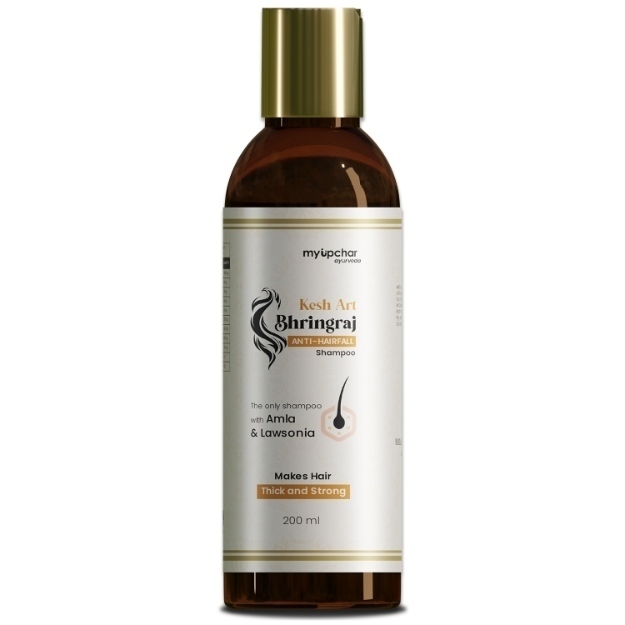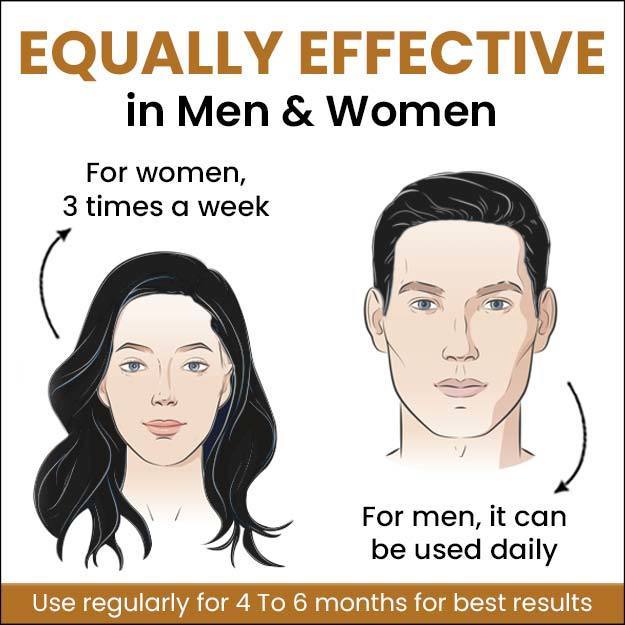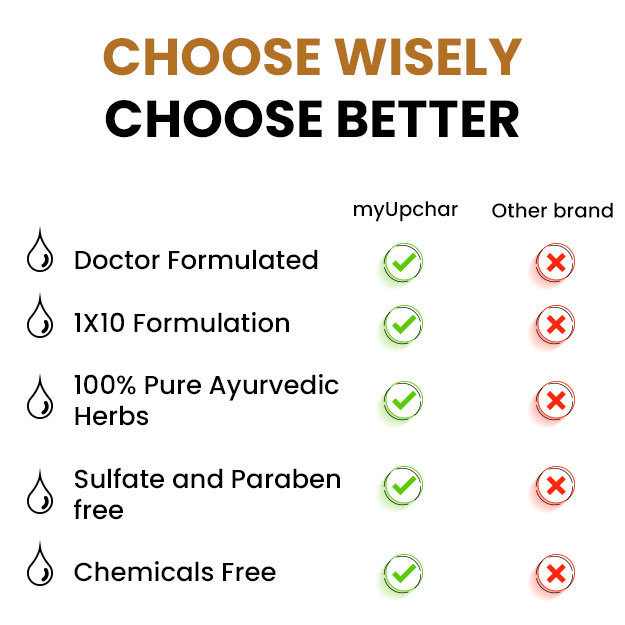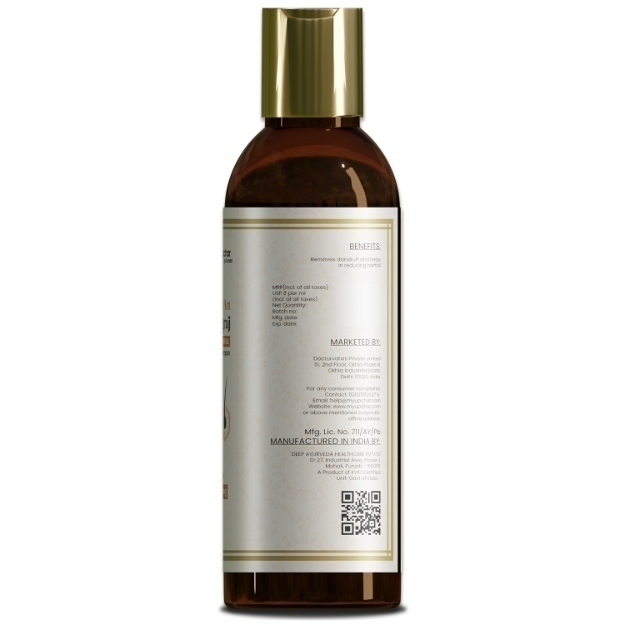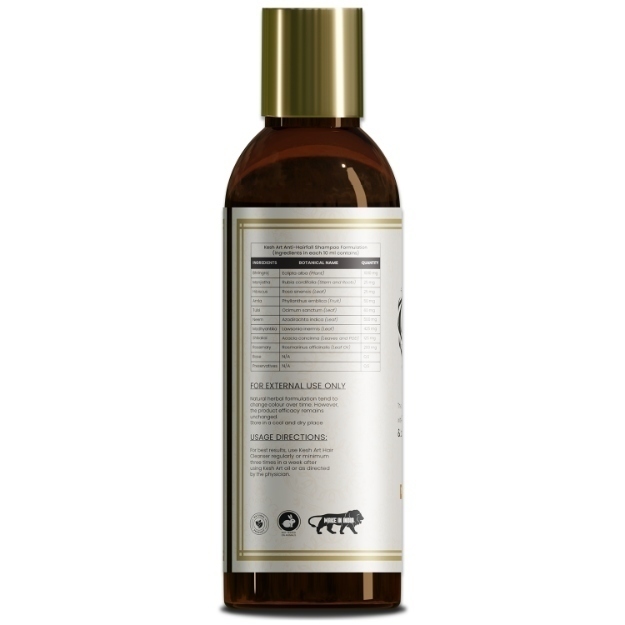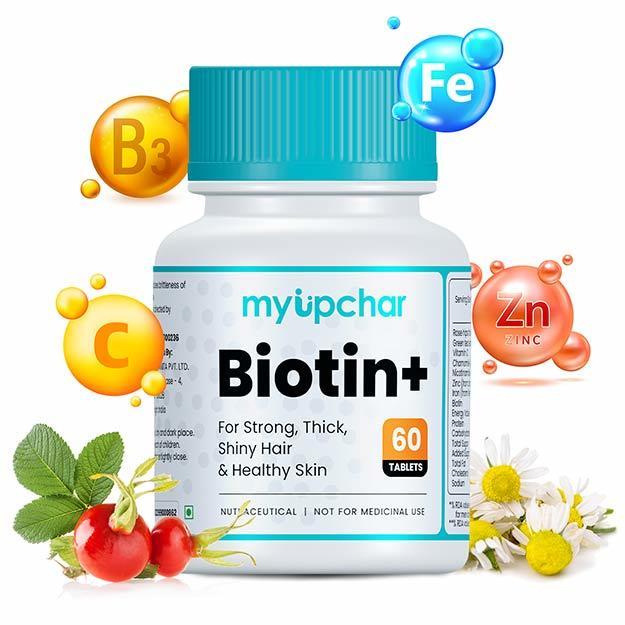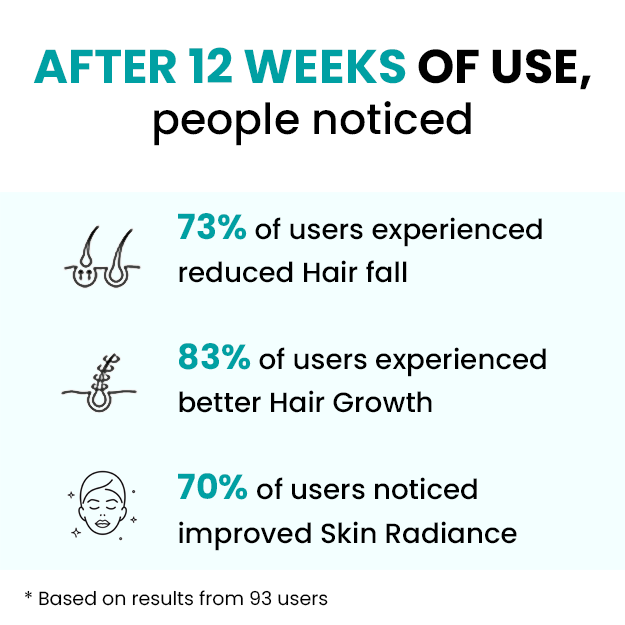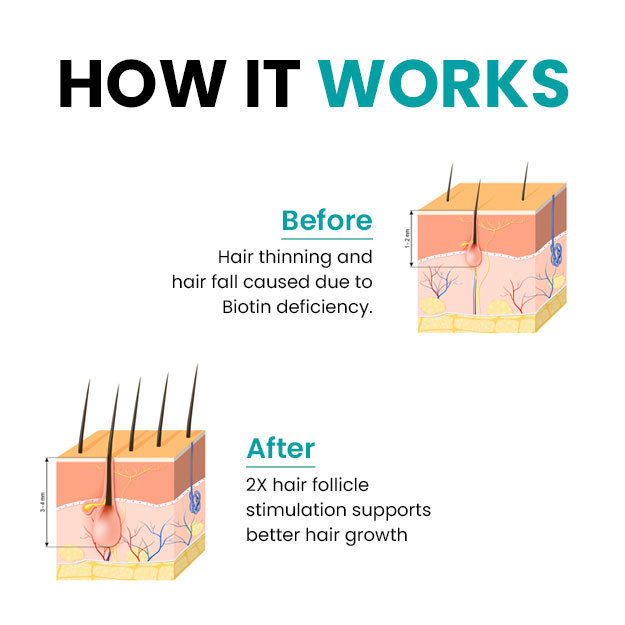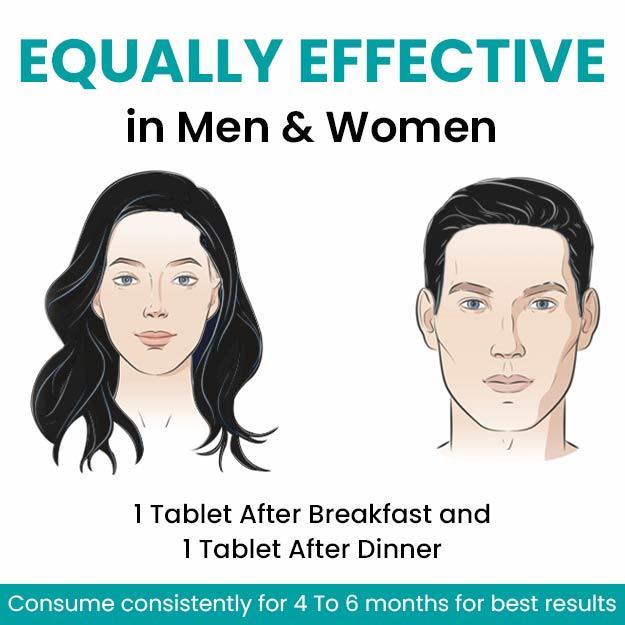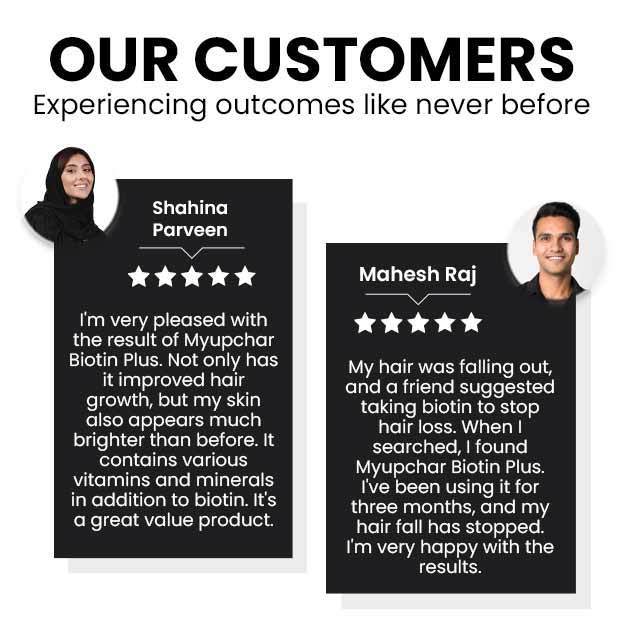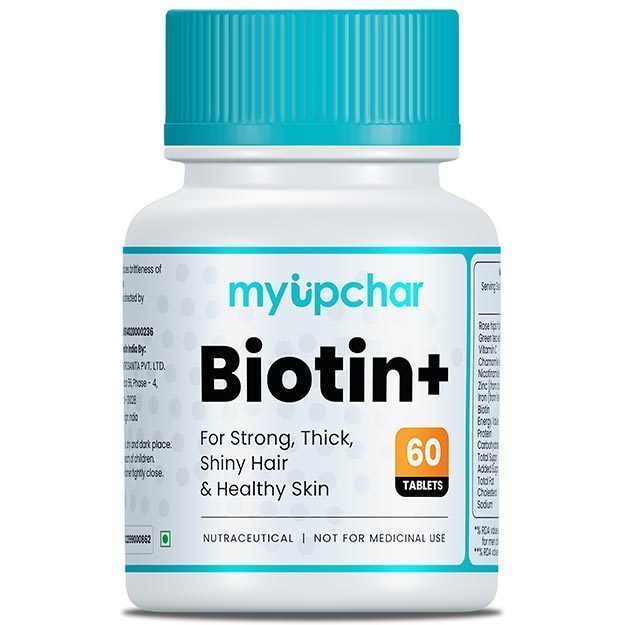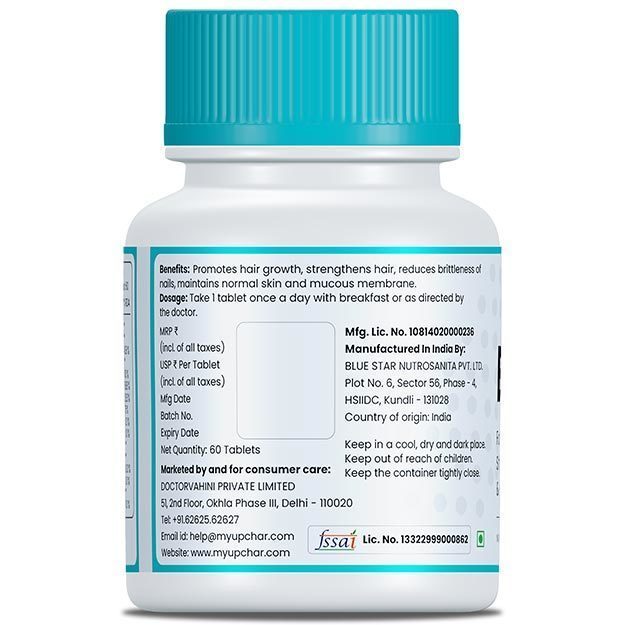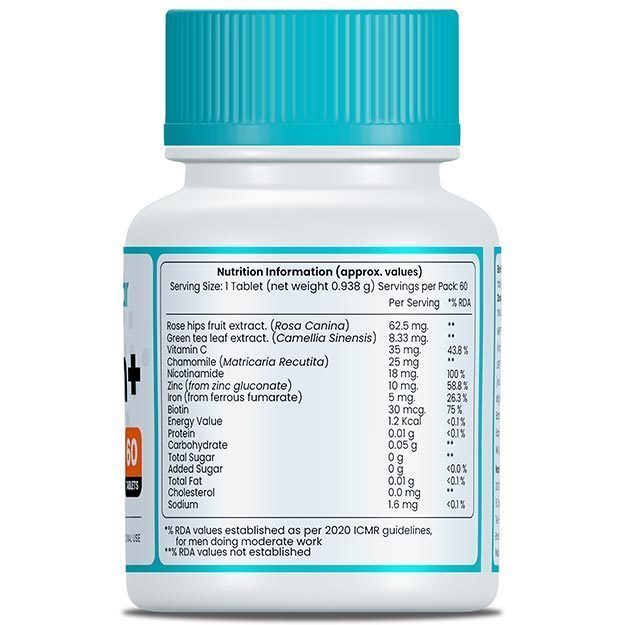If waxing and tweezing are two of the most painful self-care regimes, ingrown hair is certainly a nightmare. Ingrown hair appears as small red acne-like bumps on the skin, especially in areas that are frequently shaved. And heaven forbid if you ever have to remove one yourself, not only is it painful but it makes you wanna give up the whole shaving routine altogether.
If you too are the victim of this, read on to find some hassle-free tips and tricks to get rid of ingrown hair.





